A little over 6 years ago, I wrote a piece on a different platform looking at some of the reasons why Americans don't play cricket?
On the eve of the T20 World Cup, part of which will be held on US Soil, it seemed a good time to revisit that blog and ask the question what (if anything) has changed since then?
The original piece (2018) - Why don't Americans play cricket?
Take a look at any of my previous cricketing posts and you'll notice an obvious theme with the countries that I mention are competing in international cricket - they are all former British colonies.
The Indian sub-continent, the fabled jewel in the crown of the British Empire with it's population of over a billion people is crazy about the sport! For the nation states of Oceania and Southern Africa, cricket is very much the number 1 summer game. Crossing the Atlantic, the Caribbean has always been a stronghold for cricket and even the Canadians now have their own T20 league that attracts some of the game's biggest names. And yet, there remains one very obvious exception to this trend in the form of The United States of America.
Why is it that the game has never flourished in the land of the free and is there a place for cricket there in the future? These questions will be considered in the below post as well as a general tour of the history of cricket in the USA.
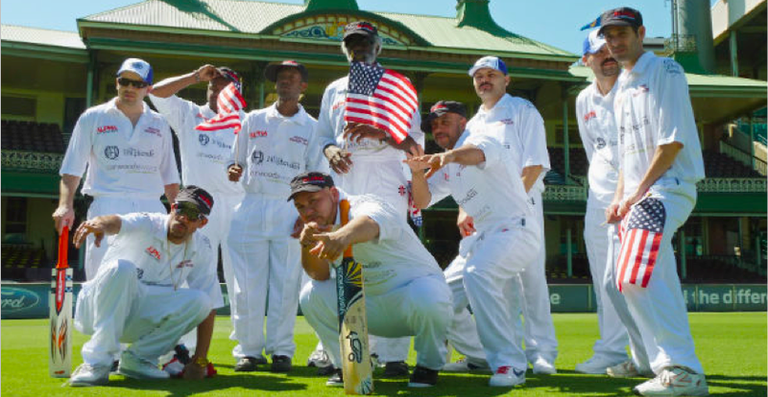
The Homies and Popz are an American cricket club that tour globally source
A question of class
As with large parts of the British Empire that have ended up adopting the sport of cricket, the game was initially brought to the shores of America by the social elite of England. In cities such as Philadelphia, Boston and New York, a number of cricket clubs were formed to serve the interests of the upper classes during the 2nd part of the 19th century.
While cricket remained very popular amongst "old-money" on the East Coast, there seems to have been very little attempt to push the game out to the masses. This unwillingness to develop the game in America from the bottom-up can ultimately be seen as a contributing factor to cricket's failure to establish a heavy presence in the country.
Cricket lost ground in N.America because of the egalitarian ethos of its societies. Rich Americans and Canadians had constant anxiety about their elite status that prompted them to seek ways to differentiate themselves from the masses. One of those ways was cricket....
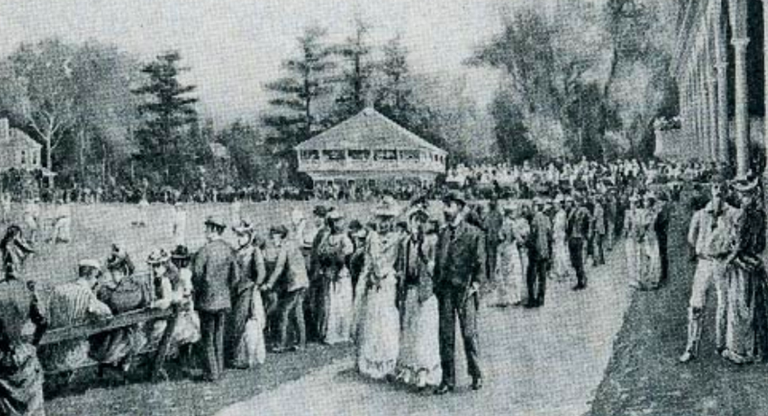
An artist's impression of a Philadelphia cricket match during the 19th-century source
By contrast, in countries such as India, with its strict caste system, the elite classes needn't be as fearful of their position within society. Scholars have argued that as a result of this, the upper-classes were much more willing to introduce the sport amongst the masses and in fact that the British elite often liked to think that they had converted the Indian locals to their summer pastime in the same way that a missionary might spread religion.
American Nationalism
This is an argument that I have heard on several occasions as to why cricket never took off in The States. In a nutshell, it suggests that in order to separate themselves from their previous rulers, the people of the new republic wanted to establish a sport that represented its independence from Britain.
For America, that new sport (and a direct rival to cricket) was to be baseball, a game that was allegedly created by no less than a civil war hero by the name of Abner Doubleday. The 1907 Major League Baseball (MLB) commission stated that
in the years to come, in the view of the hundreds of thousands of people who are devoted to baseball, and the millions who will be, Abner Doubleday's fame will rest evenly, if not quite as much, upon the fact that he was its inventor... as upon his brilliant and distinguished career as an officer in the Federal Army
However, there is now growing evidence that disputes the claims of the 1907 MLB commission and instead, multiple scholars now believe much of the Doubleday claims to be a myth propagated in the early 20th century to ensure that baseball became established as 'the national past-time of America' at the expense of cricket.
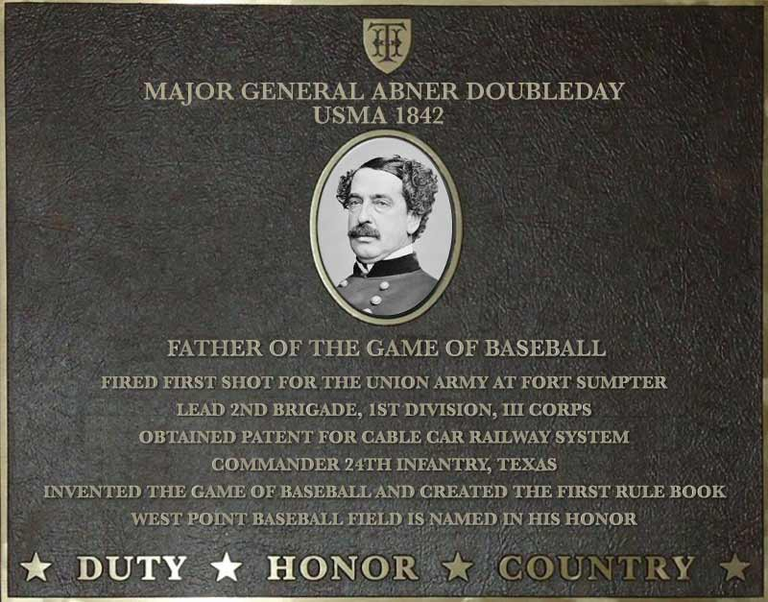
and a lie! Well at least the baseball bit is... source
But was nationalism really the reason that cricket got edged out of daily sporting life in America? After all, games like golf and tennis which were also brought over by British immigrants have thrived on the other side of the Atlantic.
Perhaps, instead of nationalism, it was simply the case that bat and ball games already existed in multiple parts of America that more closely resembled baseball than they did cricket. According to sport's historian George Kirsch, these included games such as rounders, old cat and base which would all ultimately go on to be refined into the sport of baseball.
Is the sport of cricket compatible with the American psyche?
Maybe Americans just don't like cricket and what they perceive it stands for.
It would be interesting to do a simple word association or brainstorm around the word "cricket" and see what first springs to the minds of Americans or indeed anyone who comes from a country where cricket is not well established.
My guess is most of them would initially think of a small grasshopper-like insect and even if you could get them past that and onto the sport itself the predominant view would probably be that cricket is "slow", "complex" and "traditional". There may even be those who would view the game as slightly "effeminate" in comparison to some other popular sports in North America.
If you're from North America or anywhere else in the world that doesn't follow cricket and reading this blog, please feel free to let me know what first came to your mind when hearing the word cricket?
At this point, it's also worth drawing back from casting too many assumptions based on national stereotypes. There are plenty of Englishmen who would also feel that the sport is boring or overly complicated and have no desire to watch or play it. However, you only have to watch a couple of US sports shows to realise that Americans have values that may not be compatible with cricket.
Bland white clothes - not likely to see any major US sports franchise turn up dressed like that!
Dull historical names like Middlesex - why not rebrand them as the London Cowboys?
Games that take 5 days to complete and still end up a draw - WTF?!
In general, it has just been quite difficult to really sell the idea of cricket into the American market or at least that used to be the case..........
T20 Cricket and a chance of a new beginning
The introduction and rise of T20 cricket over the past couple of decades breaths fresh hope into the idea that America and other parts of the world that have yet to take to the game of cricket might now be ready to join the party.

IPL Cheerleaders - the game of cricket has changed radically over the past decade
T20 cricket ticks all the boxes to be a hit in America. It is fast, it is explosive, it brings a bit of colour and razzamatazz to its viewers. The players that compete in competitions such as the Indian Premier League (IPL) are modern athletes - their celebrity status is just as much a part of the excitement as their performances on the pitch.
The IPL brand alone is already worth $6billion with that figure looking likely to grow as the tournament goes from strength to strength. Modern T20 franchises are replacing traditional cricket clubs all over the world and with them, they are bringing new exciting branding, colours and even cheerleaders to cricket venues. Instead of taking 5 days to complete, a match can now be over in less than 3 hours.
Could big hitting T20 cricket make an impact in the USA?
It's also worth remembering that just from a sheer numbers point of view, the likes of India, Pakistan and Bangladesh (all big players and watchers of cricket) are likely to see population booms over the next 20-30 years.
Whether it's from migration into countries such as America or just the general turning of the wheel of history that will see the likes of India flex its muscles on the global stage, it's reasonable to believe that cricket could well find its way onto more American television sets in the near future.
Six years on, has cricket conquered America?
It's the kind of question usually reserved for British pop-stars looking to break into the US market. Has cricket finally conquered America?
Since my blog back in 2018, there have certainly been a couple of key developments, not least of all the decision to host part of the 2024 T20 World Cup in the USA. At the the turn of the century, the idea that the best players in world cricket would be strutting their stuff in Texas (4 matches will take place at the Grand Prairie Stadium) was almost unthinkable!
As alluded to above, T20 cricket has provided the vehicle for the sport to be transferred around the world with far greater ease than any other format of cricket that has come before.
Beyond the T20 World Cup this month, has also come the launch of Major League Cricket (MLC), a T20 franchise league set to be played on an annual basis in the US. The tournament that launched in 2023 has already attracted a number of high profile cricketers to come and play in The States.
However, you only need to take a quick look at who owns these new US based franchises to realise that cricket in the USA is not being marketed towards your average 'American Joe'. Of the 6 newly created franchises in the MLC only 1, Texas Super Kings, has a US based investor onboard (Ross Perot Jr. part owns the franchise which is otherwise mainly owned by the Chennai Super Kings in the IPL). The other 5 franchises are wholly owned by Indian companies and/or business people.
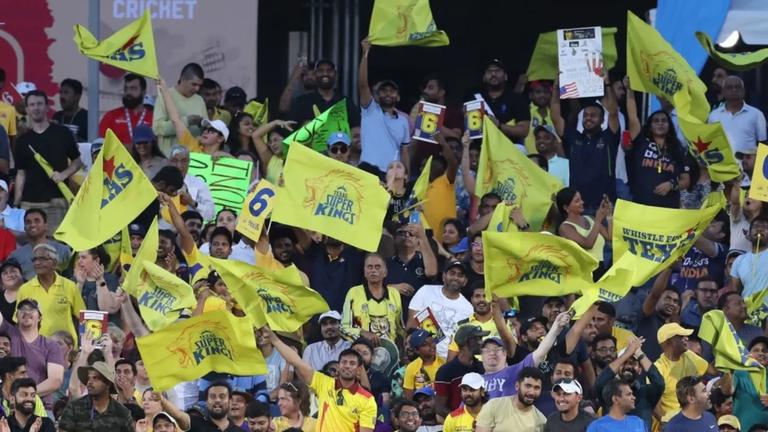
The Texas Super Kings, a spin-off of the most popular IPL franchise the Chennai Super Kings has seen good fan engagement from South Asian communities living in the USA source
Now we know that it's not Americans per se who have driven the creation of the MLC, we have to wonder who is it that is watching the matches?
It's not a great surprise to learn that it is primarily spectators who are South Asian, particularly Indian, by origin that are turning up to watch the games.
The direct affiliation between half of the MLC franchises and teams competing in the IPL was designed specifically to achieve this and to date has lead to far better than expected crowds at the matches themselves. Texas Super Kings for example sold 80% of the tickets to their 7,200 seater stadium with evening matches there all being sold-out!
Establishing viewing figures for the inaugural season of the MLC in 2023 is much more difficult. 3 matches were shown nationally via the CBS sports network but it appears that the numbers of viewers for those games was so small that it didn't even register sufficiently for metrics to be published. Unfortunately, online platforms which streamed the live games didn't release viewing figures either.
Despite the absence of any official viewing figures it's probably safe to assume that not many people (in the grand scheme of things) watched the MLC in 2023. The league will need to grow its viewership both domestically and internationally in order to establish itself as a force within an ever expanding market for T20 franchise cricket.
Other franchise leagues around the world have 2 distinct advantages over the MLC.
They are being launched in countries that already have a large cricket loving population
The time difference between them and other potential markets is far more workable
The later point refers primarily to the markets of the Indian Sub-Continent where up to 2 billion potential fans are ready to tune in to T20 action. To some extent the MLC helps to fill a potential gap in the cricketing calendar for Indian, Pakistani, Bangladeshi and Sri Lankan fans. You can't generally play cricket in those countries during the North American summer because the annual monsoon would wash out a significant number of games.
4.1 million views of the highlights of the MLC Final in 2023 suggest there is interest
Unfortunately, many of the matches that take place in the MLC will start in the very early hours of the morning in India (2-3am) and are therefore unlikely to pull in sufficient viewing figures and the advertising revenue that accompanies them.
The MLC then faces a bit of a conundrum. Should they move more matches to afternoon starts to fit in with prime time TV in other parts of the world or should they continue with more evening starts which saw far better local engagement with the league?
Ultimately, for cricket to have 'conquered America' then it will need domestic audiences to grow and indeed domestic players to have made their mark in the MLC.
In regards the players themselves, it was no great surprise to see a significant drop-off in quality from the imported big money stars to the local players who made up the bulk of MLC squads in 2023.
In that regard, the formation of the MLC was accompanied by the creation of Minor League Cricket in the US as part of a pathway to give young domestic cricketers the opportunity to develop in 1 of 26 clubs around the country and potentially go onto to play in the MLC and for the national team.
While a step in the right direction, it's likely to take several decades of investment and continued growth in the sport to help bridge the gap between the US and other nations with established domestic set-ups. The US national team continues to be made of a majority of players who were born and raised outside the US and have emigrated with the aim of becoming international cricketers in their adopted home.
Can the MLC provide the necessary investment for the growth of domestic players in the US? The jury is still very much out on that one but I dare say that it will have to if it wishes to survive and establish itself longer term.
To ensure a good level of cricket, the first season of the MLC saw franchises offering big bucks in order to attract some of the star names from the global game. In fact, the highest earners in the MLC were drawing salaries about 3 times higher than those competing in The Hundred competition in England which occupies a similar spot in the cricketing calendar.
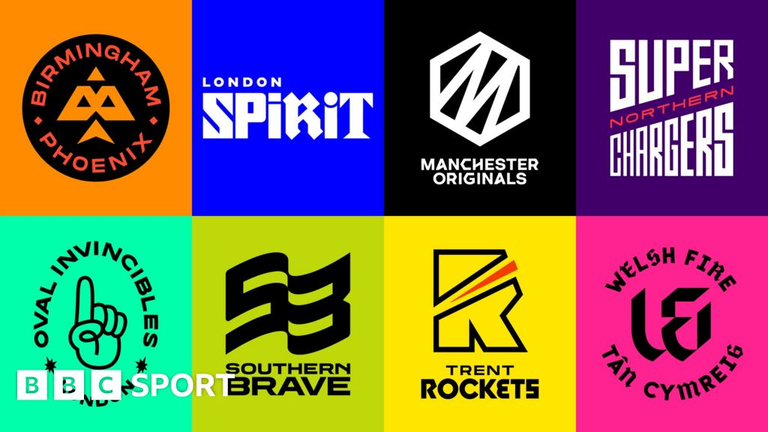
The Hundred is a direct rival of the MLC source
However, with current crowd numbers and viewership it seems unlikely that the MLC will be able to sustain that level of investment for much longer. Add to that, the fact that the ECB has just announced that it is selling off it's stake in The Hundred and allowing overseas investment in the 8 franchises that compete in it in order to allow those teams to generate greater revenue and it becomes clear that the establishment of the MLC is by no means a guarantee that cricket will grow in the US itself.
The T20 format has brought the possibility of expansion into many markets that were not previously cricketing hotbeds including the USA. However, it has also brought a significant amount of money into the game and if there's one thing we know about capital, it's that it doesn't favour competition.
The failings of British colonialists to ensure adoption of the game of cricket in the USA may be about to be compounded by their desire to protect their own self-interests and investments. While the game of cricket itself may have adapted to become more suitable to an American audience, some things, it appears, never change.
Hi @talesfrmthecrypt,
Thank you for participating in the #teamuk curated tag. We have upvoted your quality content.
For more information visit our discord https://discord.gg/8CVx2Am
Congratulations @talesfrmthecrypt! You have completed the following achievement on the Hive blockchain And have been rewarded with New badge(s)
Your next target is to reach 29000 upvotes.
You can view your badges on your board and compare yourself to others in the Ranking
If you no longer want to receive notifications, reply to this comment with the word
STOPCheck out our last posts: